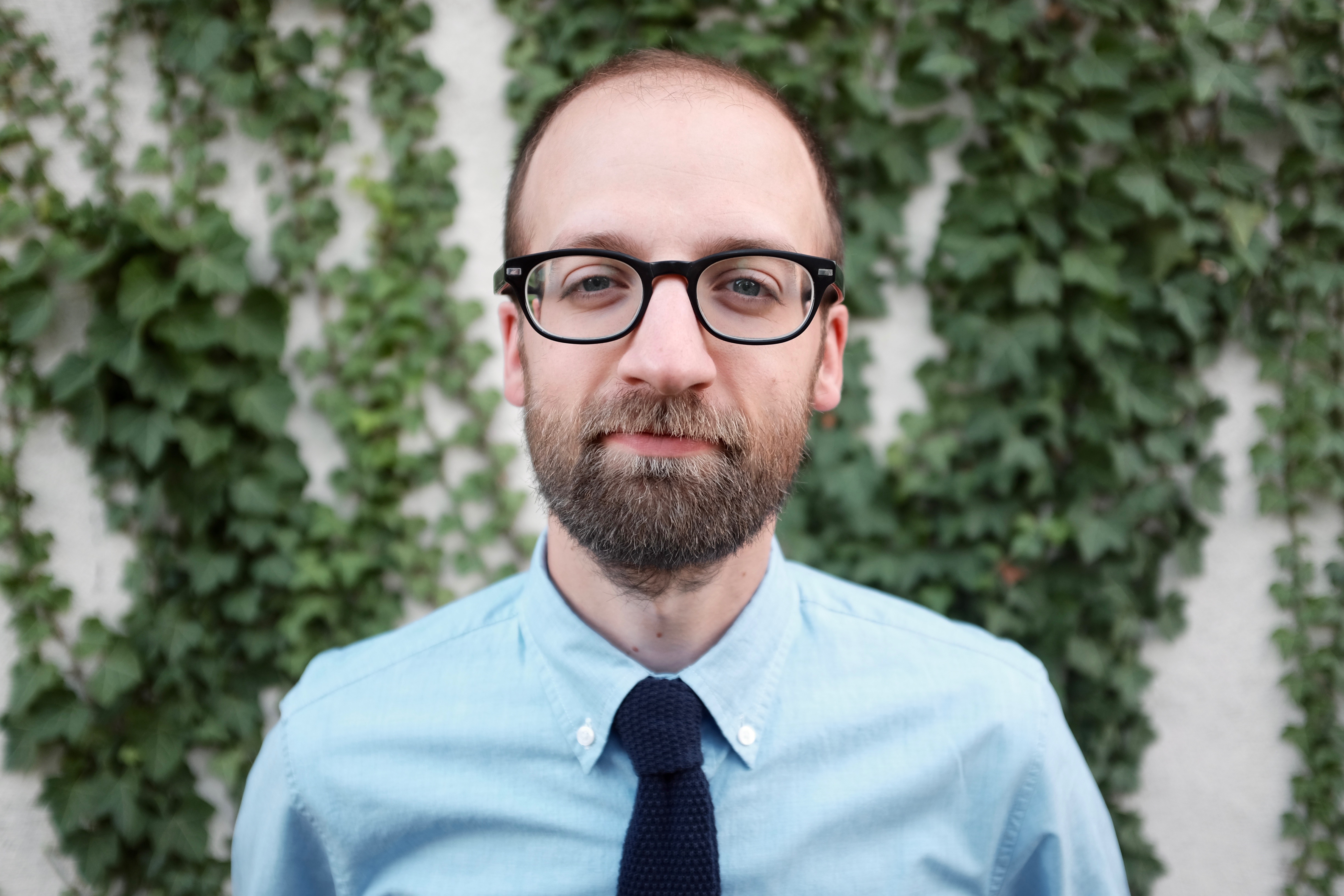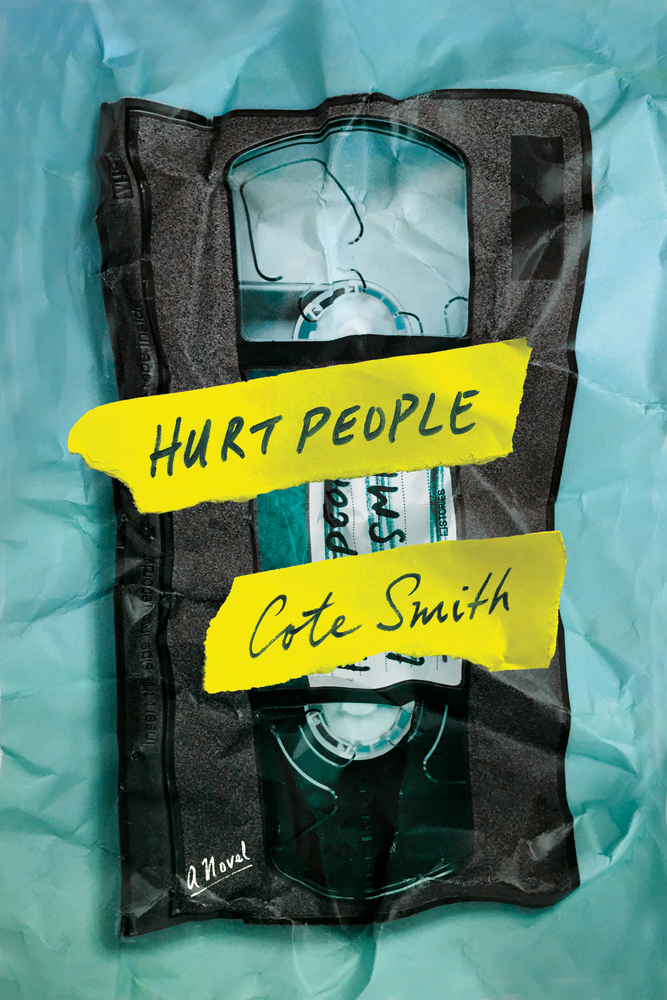
Lawrence author Cote Smith talks ‘Hurt People’ ahead of release

Lawrence author Cote Smith
Author Cote Smith, a Kansas native and Kansas University graduate, has a debut novel hitting the shelves. “Hurt People” follows two brothers coming to terms with the struggles of family, the dangers of the world, and the reality of growing up in a city defined by its prisons: Leavenworth.
At 7:30 p.m. March 3, the Lawrence Public Library will be hosting a book launch event; there will be a reading from the author and a moderated Q&A session, followed by a book signing. The Raven Book Store will have copies of “Hurt People” available.
I was able to interview Cote about the novel ahead of the event — here’s just a taste of what you can expect.

Lawrence author Cote Smith
EH: What was the process like adapting “Hurt People” from a short story into a novel?
CS: The process was long and difficult because I had never written a novel before. But I was excited because I knew there was a lot more of the story to tell, and that this world of prisons, cops, escapees and families deserved greater exploration.
EH: You grew up in Leavenworth — how much did you alter the Leavenworth of the story from that of your own experience, and why?
CS: The novel definitely plays up the rougher side of Leavenworth, mostly to heighten the tension that looms over the characters. My own experience, all things considered, was a pleasant one, because I didn’t know it was strange to live in a place that was famous for its prisons. The world is the world you know.
EH: Writing a novel from the perspective of a child, especially one dealing with intense themes, is impressive; what were some challenges that you ran into, given your narrator?
CS: Writing from a child’s perspective can be very restricting. Children have a more limited understanding of the world, or so we like to think, and a limited vocabulary to express what they do understand. And logistically speaking, it’s difficult to place them in different settings, because they can only go where their parents take them or where they run off to. So you have to find ways around those limitations, which is fun and challenging. For example, the narrator uses the movies he watches with his dad and brother as a way of understanding the world. He understands the stories of his life through the terrible stories in these bad horror films. He also has a strong imagination, which allows him to escape the confines of any particular setting.

EH: About those b-movie horror films mentioned throughout the book — I feel guilty admitting I would definitely watch or read a full incarnation of “Lieutenant Lazarus” or “Mother Guppy;” do you write horror, or have you considered it?
CS: I wrote a short story for “Midwestern Gothic” called “The Axeman’s House,” which featured some horror elements. That story was a lot of fun to write, as was coming up with the fictional movies in this book.
EH: I’m curious to hear your thoughts on the book’s theme of being damaged by witnessing another person’s damage and how that relates to fiction writing. In some ways, the experience of the reader parallels that of the narrator, in that we are viewing trauma unfold second-hand. For us, though, these events aren’t part of our reality — in this way, does the act of fiction writing subvert the theme of “hurt people hurting people?”
CS: That’s a very interesting way of thinking about fiction. I think the distance you mention is probably a good thing. We watch these characters hurt, and hopefully we care about them, but they aren’t hurting us in turn, at least not directly. So there isn’t anything at stake for us, yet we still have an emotional experience. If anything, I think this speaks to fiction’s usefulness as a safe place for the reader to develop empathy, to learn how to care about other people even if their suffering doesn’t immediately impact our lives.
EH: Are there other places or towns in Kansas that you’d like to incorporate into future stories?
CS: Not specifically, though I’ve noticed in the projects I’m working on now that I keep coming back to places that aren’t popular to visit or live in. That feels like Kansas sometimes, even though I love living here.
EH: Through the creation of “Hurt People,” did anything guide you especially?
CS: When I was writing this novel, “To Kill a Mockingbird” helped a lot, as did Aryn Kyle’s “God of Animals.” Both feature young narrators watching the worlds around them fall apart, and the authors masterfully avoid traps of cliche and sentimentality.
EH: What is the feeling that you most want to resonate with the reader, when all is said and done?
CS: I’ll say the same thing I said about the short story the novel is based upon: As long as the reader feels something, I am happy. I want the reader to feel something for these characters long after the final page. But what they feel is up to them. I’m grateful for any reader.
”– Eli Hoelscher writes for the Lawrence Public Library.”

